Brainspotting Therapy: Healing Athlete Trauma
About the Breakthroughs Need Breakdowns Author
Ben Foodman is a licensed psychotherapist & performance specialist. He owns his private practice located in Charlotte North Carolina where he specializes in working with athletes to help them overcome mental blocks (the yips), PTSD, ADD / ADHD and achieve flow states through the techniques of Brainspotting & Neurofeedback. If you are interested in services, use the link here! Enjoy the article below!
Introduction: Brainspotting Therapy & Healing Athlete Trauma
In the field of sport psychology, professionals that work with athletes are focused on helping them accomplish many different things such as achieving a positive mindset during sports, or sharpening an athlete’s pre-performance routine in order to beat mental blocks such as the Yips. For some athletes, this can be an appropriate training method. But for most athletes, this will not be an effective approach because sports-related mental blocks are more often than not a very complicated problem. Fortunately, there is a new mental training skill that can help athletes overcome mental blocks: Brainspotting.
Brainspotting is a brain-based psychotherapy approach that utilizes the athlete’s field of vision to overcome deep underlying issues. In my book Breakthroughs Need Breakdowns, I discuss in detail not only how Brainspotting helped my athletes overcome their mental blocks, but how it also helped me understand the neuroscience of sports-related mental blocks. For this issue of the Notes, I am going to review the science behind Brainspotting which is called trauma-informed psychotherapy. I will then explore in more detail what Brainspotting is, and finally I will explore how Brainspotting helps athletes achieve peak mental performance.
Part I. What Is Trauma-Informed Psychotherapy?
Traditional sport psychology interventions are focused on helping athletes develop better ‘insight’ into their negative thinking patterns or mental blocks. But the majority of neuroscience research shows us that most of these psychological issues are not due to lack of insight, but rather trauma stored within the body. In the book The Body Keeps The Score by Dr. Bessel Van Der Kolk, the author gives us a glimpse into the neuropsychological process that occur in an athlete’s brain during a sports-related trauma event which eventually can cause mental blocks: the emotional brain has first dibs on interpreting incoming information. Sensory information about the environment and body state received by the eyes, ears, touch, kinesthetic sense, etc. converges on the thalamus where it is processed and then passed on to the amygdala to interpret its emotional significance. This occurs with lightning speed. If a threat is detected, the amygdala sends messages to the hypothalamus to secrete stress hormones to defend against that threat. The neuroscientist Joseph LeDoux calls this the low road.
The author continues: The second neural pathway, the high road, runs from the thalamus via the hippocampus and anterior cingulate, to the prefrontal cortex, the rational brain, for a conscious and much more refined interpretation. This takes several microseconds longer. If the interpretation of threat by the amygdala is too intense, and/or the filtering system from the higher areas of the brain are too weak, as often happens in PTSD, people lose control over automatic emergency response, like prolonged startle or aggressive outbursts. The reason this is important is because trauma-informed psychotherapy places a dual emphasis on helping athletes clear these mental blocks by processing underlying issues from a somatic perspective. This is because when athlete’s process mental blocks from a somatic perspective, they are utilizing the areas of the brain that are primarily involved with the creation of these issues. This is where Brainspotting comes into play. Let’s explore more detail about Brainspotting and why it is a perfect fit for athlete populations at being able to help them clear mental blocks.
Part II. What Is Brainspotting Therapy?
In Brainspotting we say ‘where you look affects how you feel’ and through this process athletes have the ability to access the parts of their brain that traditional psychotherapy approaches such as cognitive behavioral therapy are unable to do. This results in athletes being able to directly address the true ‘underlying’ issue (which we refer to as a Brain Spot) that has created conflict, which then enables athletes to move from needing to constantly cope, to not needing to cope at all. Brainspotting can be used to help anyone who is dealing with mental blocks, the Yips, the twisties, psychologically traumatic events, chronic pain issues from injuries, as well as individuals who are trying to access deeper levels of creativity or cultivating mental flow states. When we think about the potential issues that athletes deal with that are connected to the mental blocks (sport humiliations, sports-injuries, out of sport trauma such as car accidents, interpersonal relationship issues), it can be easy to see why this intervention pairs perfectly with this athlete population.
The goal of all sport psychology interventions should be to help athletes move from dysregulation to regulation. For instance, if you are a golfer and you have been experiencing the Yips, this can be considered a state of dysregulation. Because almost half of the brain is dedicated to vision, we use the athlete’s field of vision combined with focused mindfulness to help engage the regions of the brain that are responsible for regulation and bypass the regions that are not! This physiological approach can help clients achieve their desired psychological outcomes. When athletes work with a sport psychologist who uses Brainspotting, they will first identify what the issue is that they would like to resolve. Athletes discuss the issue in-depth and then the sport psychologist invites athletes to have their eyes follow a pointer that the clinician will move in certain directions to identify the eye position that is relevant to the topic that the athlete is looking to resolve. Once the eye position is identified, the athlete will hold that eye position for either several minutes up to two hours potentially until the issue is resolved.
Part III. Why Do Athletes Improve With Brainspotting Mental Training?
The reason athletes benefit from mental training with Brainspotting is because it helps them become comfortable with discomfort. Why is this the case? The very nature of sports is both highly stressful but also trauma-inducing. Sports expose athletes to injury-risk, abuse from fans, coaches, sports humiliations, and increases the athlete’s risk for developing high levels of athlete identity. Because these are inevitable features of the sport-performance environment, athletes cannot escape this inevitability by using traditional sport psychology skills that falsely encourage athletes to ignore their feelings and distract themselves with techniques such as positive self-talk.
Brainspotting not only helps athletes clear stored trauma in the body, it also helps athletes both directly confront negative emotions and become comfortable with those emotions. As previously mentioned, during Brainspotting, sport psychologists ask athletes to focus on the somatic sensations of negative thoughts and feelings, and to immerse themselves in those experiences. Athletes develop a deeper understanding of the depth of those emotions and by extension diminish their initial fear of those experiences. In my book Breakthroughs Need Breakdowns, I go into great detail about what this looks like through athlete case studies, as well as explore the science behind why this works!






























